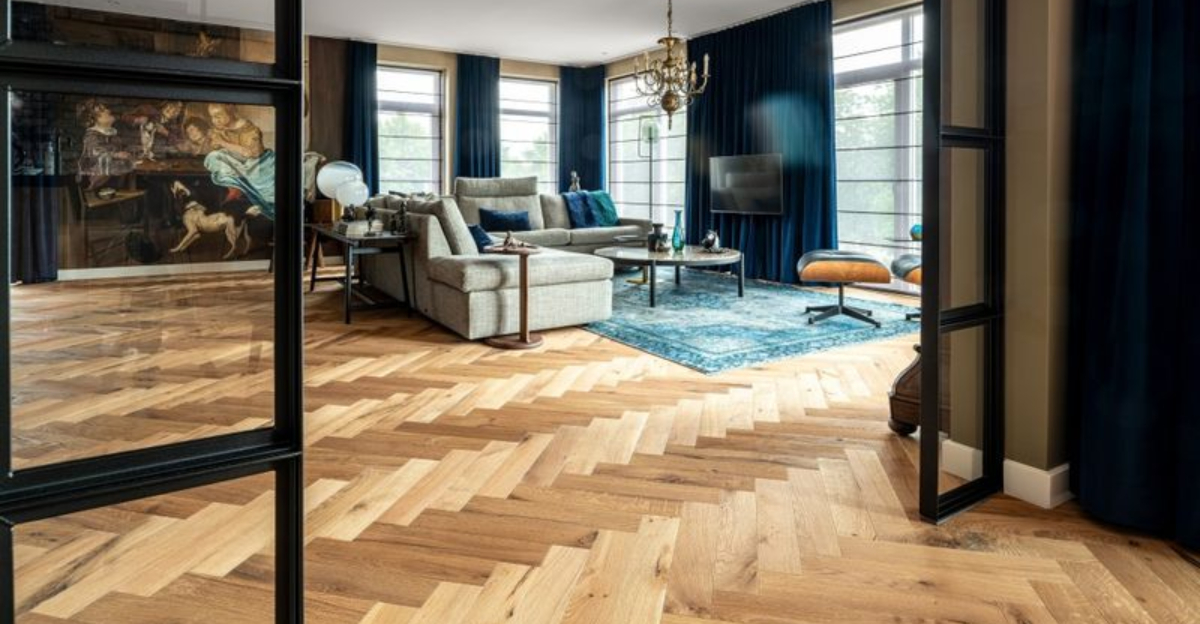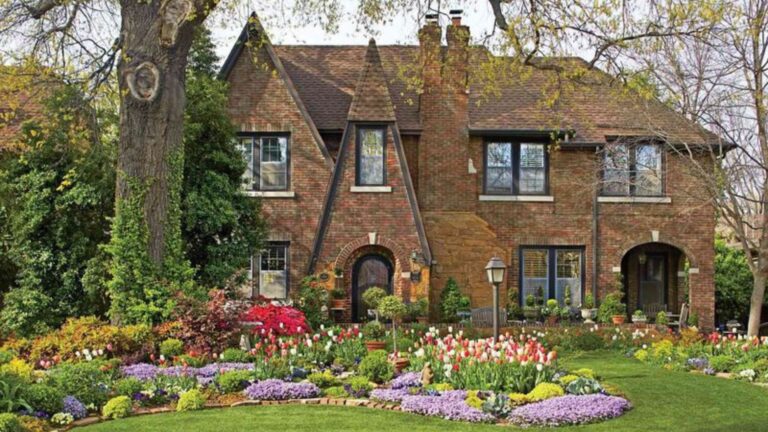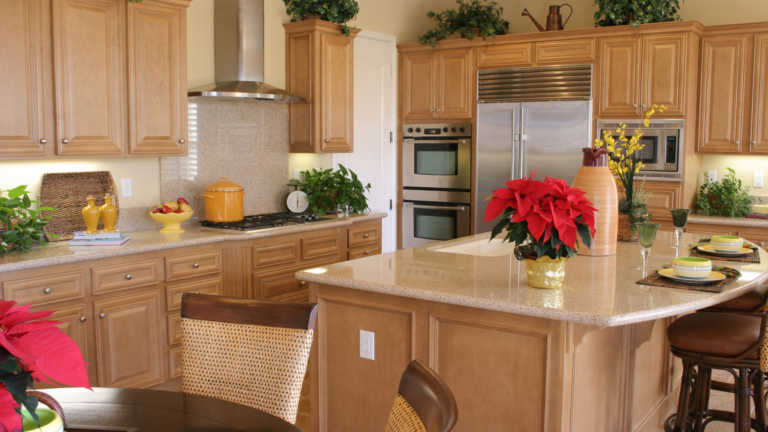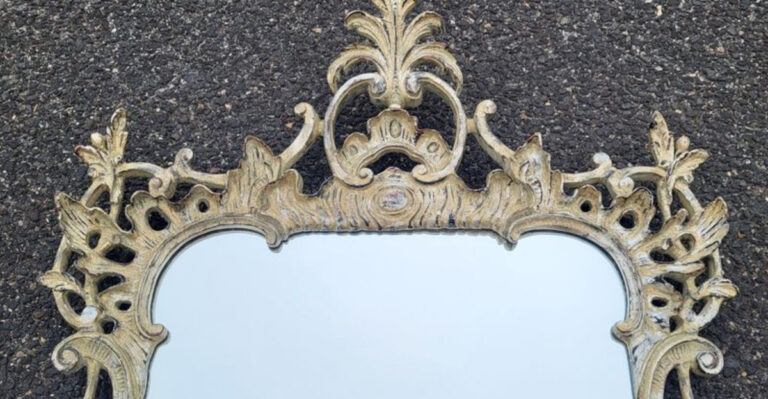15 Things You Need to Know About Herringbone Floors
Herringbone floors have been gracing elegant homes for centuries, bringing a touch of timeless sophistication to any space.
This distinctive pattern, resembling the skeleton of a herring fish, creates visual interest that ordinary flooring simply can’t match. Whether you’re renovating or building from scratch, understanding these key aspects of herringbone flooring will help you make smart decisions for your home.
1. The Rich History Behind the Pattern

Dating back to the Roman Empire, herringbone patterns were originally used in road construction! The interlocking arrangement provided exceptional stability for chariots and foot traffic.
By the 16th century, this practical pattern had transformed into a status symbol in European palaces. Today’s herringbone floors carry this noble heritage into modern homes, offering both historical charm and contemporary appeal.
2. Material Options Galore
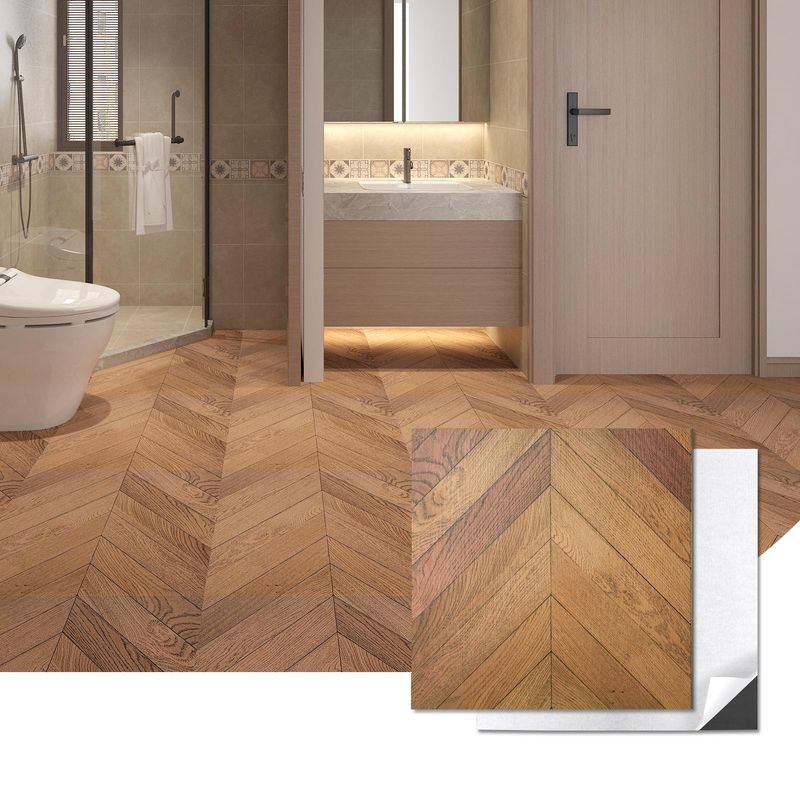
While traditional herringbone floors feature hardwoods like oak or walnut, today’s options extend far beyond timber. Ceramic tiles, luxury vinyl, engineered wood, and even laminate come in herringbone-ready formats.
Each material brings its own advantages to the classic pattern. For moisture-prone areas like bathrooms, porcelain tiles in herringbone layouts offer the aesthetic without warping concerns that would affect real wood.
3. Installation Complexity
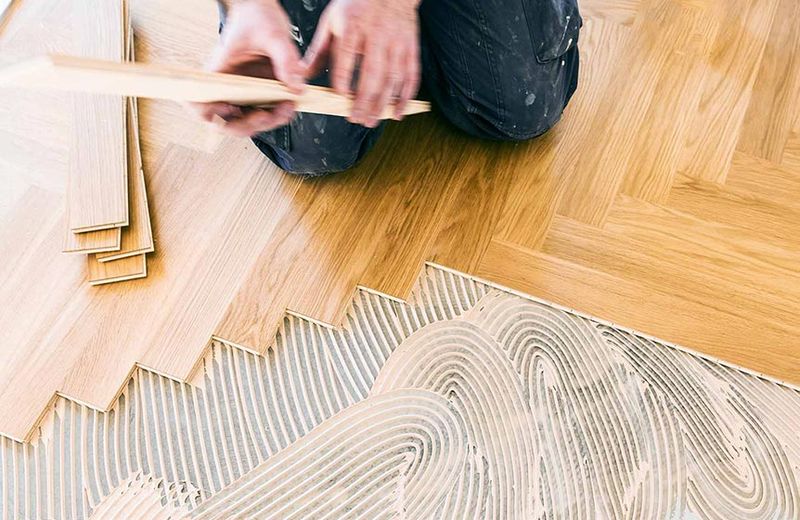
Forget the DIY dreams you might harbor! Creating those perfect diagonal lines requires precise measurements and cuts that challenge even seasoned professionals.
The complexity stems from maintaining consistent angles throughout the space while accommodating walls and doorways. Most contractors charge 30-50% more for herringbone installation compared to standard flooring layouts, reflecting the additional skill and time required.
4. Size Matters

Contrary to what you might assume, smaller planks often create more visual impact in herringbone patterns. The traditional ratio for wood planks is 5:1 (length to width), which produces the most balanced aesthetic.
Playing with plank dimensions dramatically changes the room’s feel. Wider planks make spaces appear larger and more contemporary, while narrower pieces evoke classic European elegance and can make smaller rooms feel more intricate and detailed.
5. Color and Finish Considerations

Lighter wood tones amplify the herringbone pattern’s visual texture while making rooms feel more spacious. Medium and darker finishes, meanwhile, add sophistication but might overwhelm smaller spaces.
The finish itself deserves careful thought too. Matte finishes hide scratches better but show dust more readily. Satin offers a happy medium between practicality and subtle elegance, while high-gloss finishes create dramatic reflections that showcase the pattern beautifully.
6. Maintenance Requirements
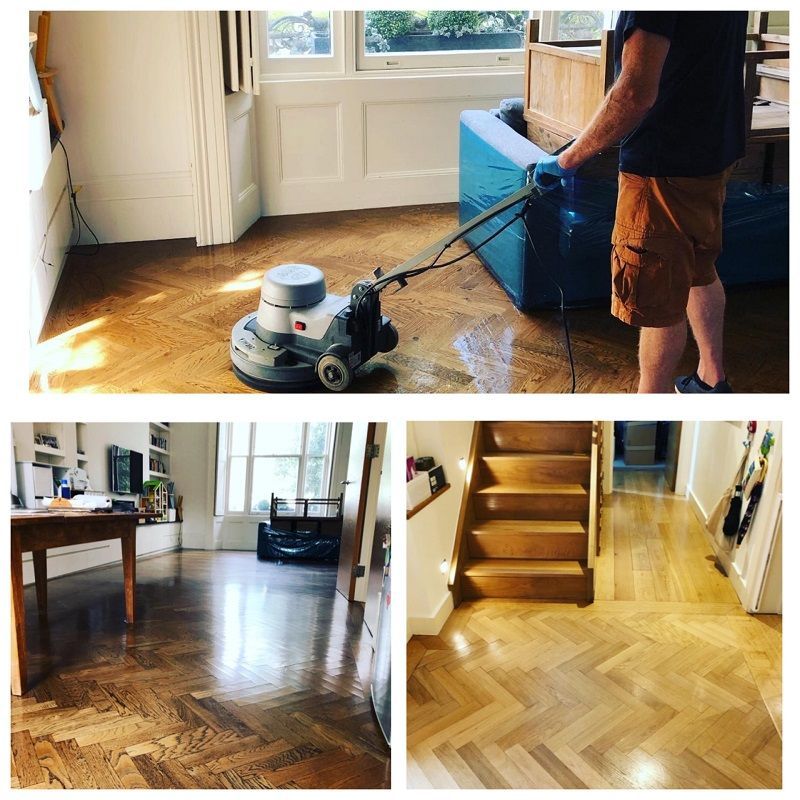
Sweeping regularly prevents dirt from scratching your beautiful floors. For wooden herringbone, avoid excess water which can seep into the joints and cause warping over time.
The pattern itself actually helps hide minor scratches and dents better than straight-laid floors! When deeper cleaning is needed, use products specifically formulated for your flooring material, as harsh chemicals can damage finishes and dull the wood’s natural beauty.
7. The Impact on Room Perception
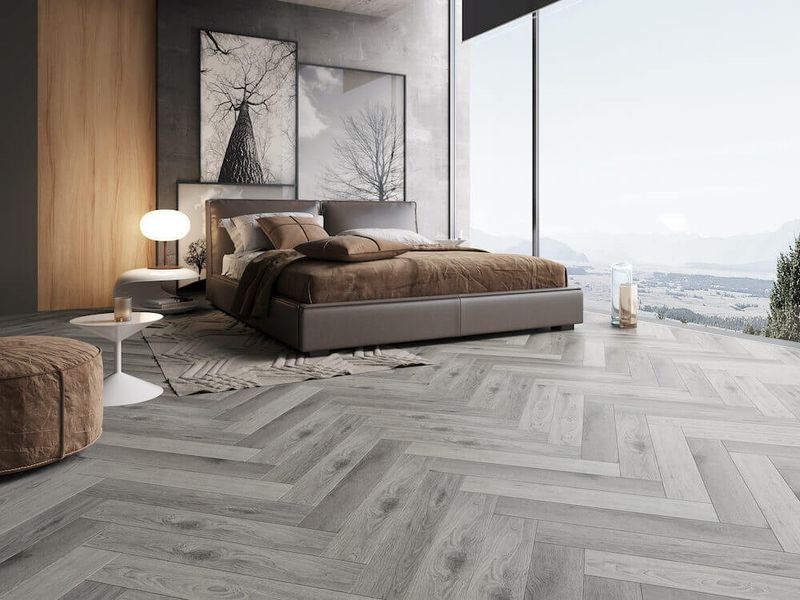
Magic happens when herringbone hits your floor! The diagonal lines create an optical illusion that makes narrow rooms appear wider and small spaces feel more expansive.
Direction matters tremendously in achieving specific effects. Running the pattern parallel to the longest wall enhances spaciousness, while diagonal orientation adds dynamic energy. For truly grand spaces, consider a double herringbone pattern with borders for a statement that screams luxury.
8. Cost Factors to Consider

Prepare your wallet! Herringbone typically costs 20-30% more than traditional straight-laid flooring of the same material due to increased waste from all those angle cuts.
Installation adds another significant chunk to your budget. The labor-intensive nature of achieving those perfect angles means you’ll pay premium rates for skilled installers. However, the investment often pays dividends in home value appreciation and timeless appeal.
9. Durability and Longevity
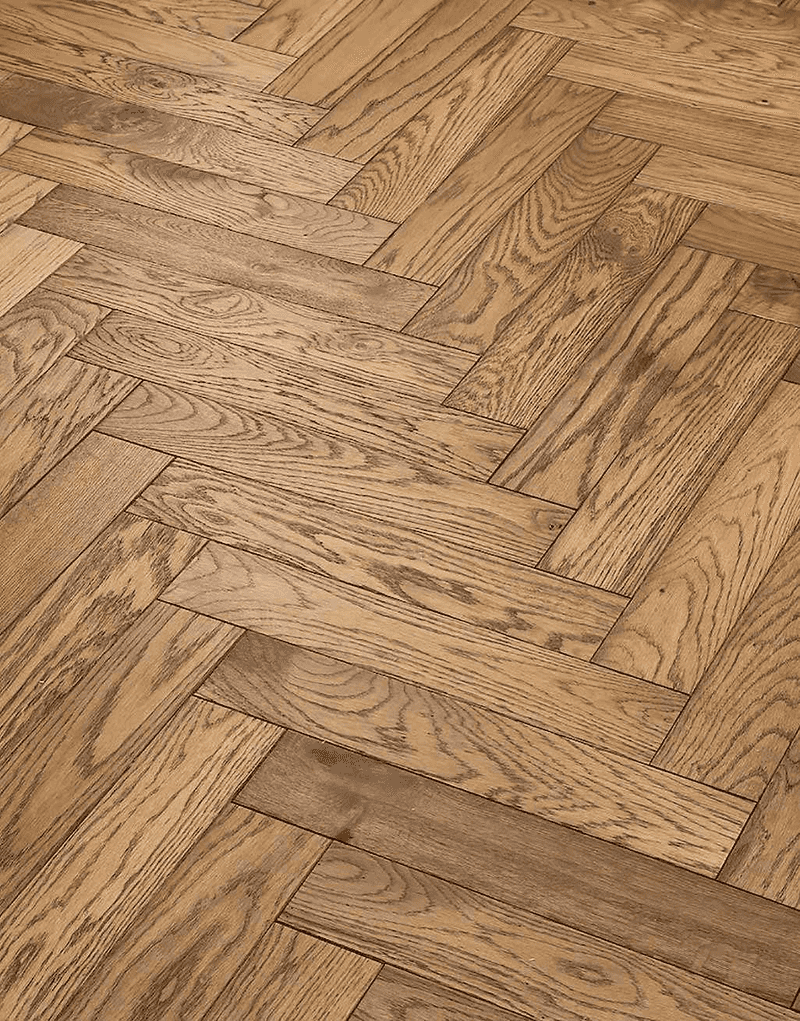
Would you believe that herringbone’s interlocking structure actually enhances floor strength? The opposing grain directions distribute foot traffic stress more evenly than parallel boards.
Many historic buildings showcase herringbone floors that have withstood centuries of use! With proper maintenance, quality hardwood herringbone can easily last 50-100 years, making it not just a design choice but a legacy investment that future generations will appreciate.
10. Border and Inlay Possibilities
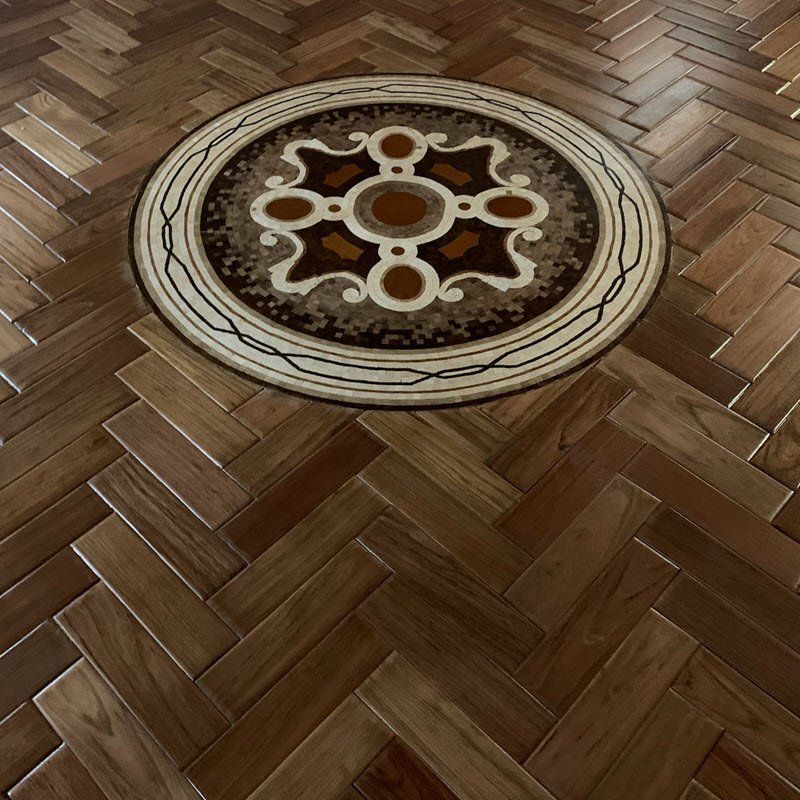
Ever seen those stunning floors with decorative borders? Herringbone patterns pair beautifully with perimeter borders that frame the pattern like artwork.
For truly custom designs, consider medallion inlays at entry points or room centers. These decorative elements can incorporate contrasting wood species or even materials like marble or brass for truly bespoke floors. Even simple border stripes in darker wood can elevate the entire design.
11. Underfloor Heating Compatibility
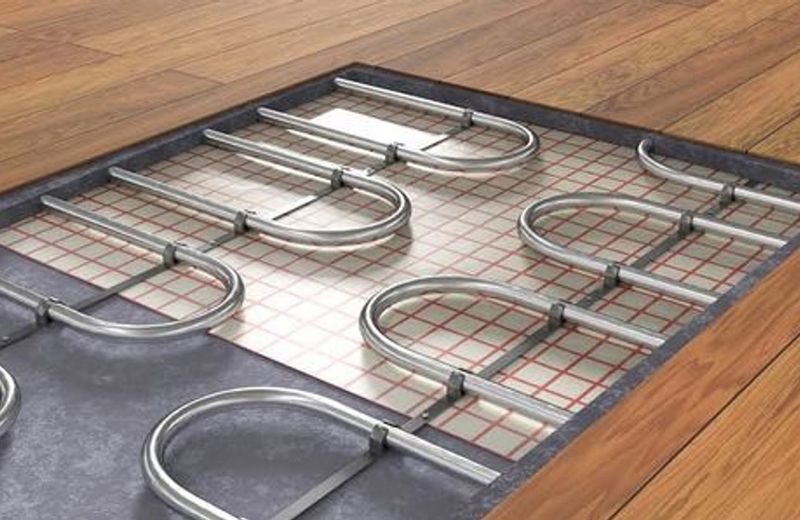
Good news for chilly toes! Most herringbone floors work wonderfully with radiant heating systems, though material choice becomes crucial.
Engineered wood outperforms solid hardwood in this application because its cross-layered construction resists the expansion and contraction caused by temperature changes. Certain species like oak and maple conduct heat efficiently, while exotic woods might require longer warm-up times.
12. Classic vs. Chevron: Understanding the Difference

Though often confused, herringbone and chevron are distinct patterns! In herringbone, rectangular pieces create a broken zigzag where planks meet at 90-degree angles.
Chevron, meanwhile, features planks cut at an angle to form continuous V-shapes meeting at perfect points. Herringbone offers a more casual, traditional look while chevron delivers formal, structured elegance. The installation complexity and cost increase even further with chevron due to those precise angle cuts.
13. Environmental Considerations

Eco-conscious homeowners, listen up! The cutting waste from herringbone installation can be substantial – sometimes up to 15% more than straight layouts.
Mitigate environmental impact by choosing FSC-certified woods, reclaimed timber, or sustainable alternatives like bamboo and cork that can achieve similar patterns. Some manufacturers now offer pre-cut herringbone sets specifically designed to minimize waste while ensuring perfect pattern alignment.
14. Matching With Interior Design Styles
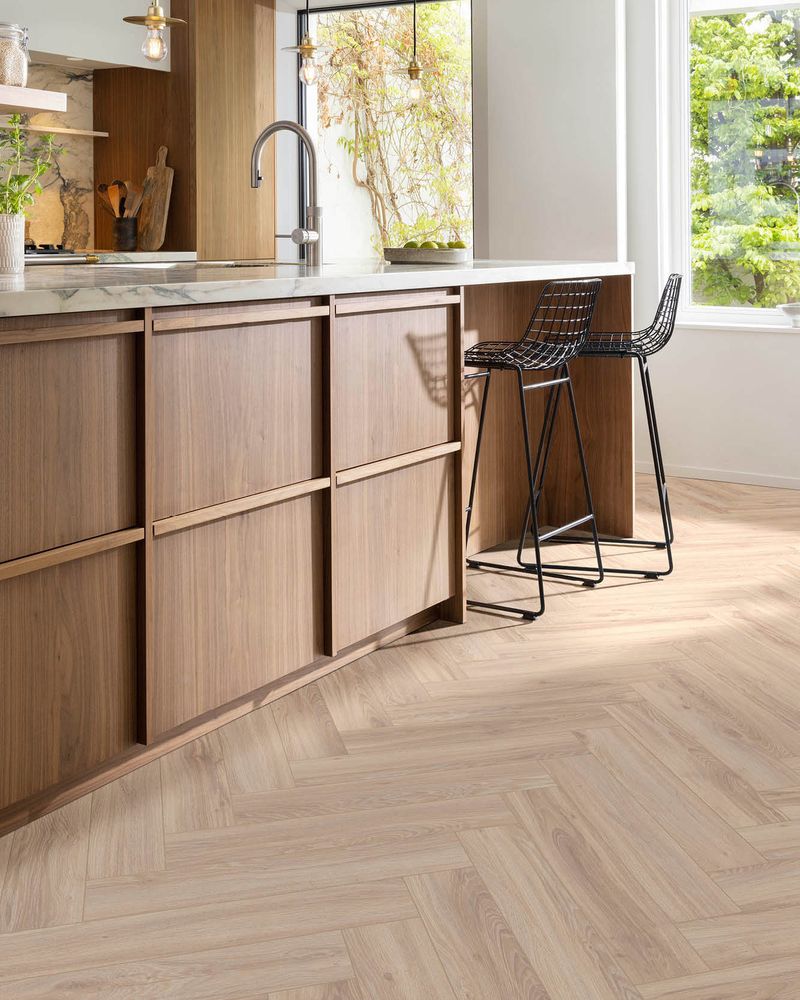
Herringbone’s chameleon-like versatility shines across design aesthetics! In traditional spaces, dark wood herringbone with border details complements crown molding and classic furniture beautifully.
For modern interiors, wider planks in lighter tones create contemporary appeal. Industrial lofts benefit from herringbone’s ability to add warmth while maintaining urban sophistication. Even minimalist spaces gain subtle texture without overwhelming the clean aesthetic.
15. Resale Value Impact

Ka-ching! Real estate professionals consistently rank quality herringbone floors among the top features that increase property values and buyer interest.
According to housing market surveys, homes with herringbone hardwood floors sell up to 10% faster than comparable properties with standard flooring. The perceived luxury and craftsmanship signal to potential buyers that the entire home has been thoughtfully designed and well-maintained.

